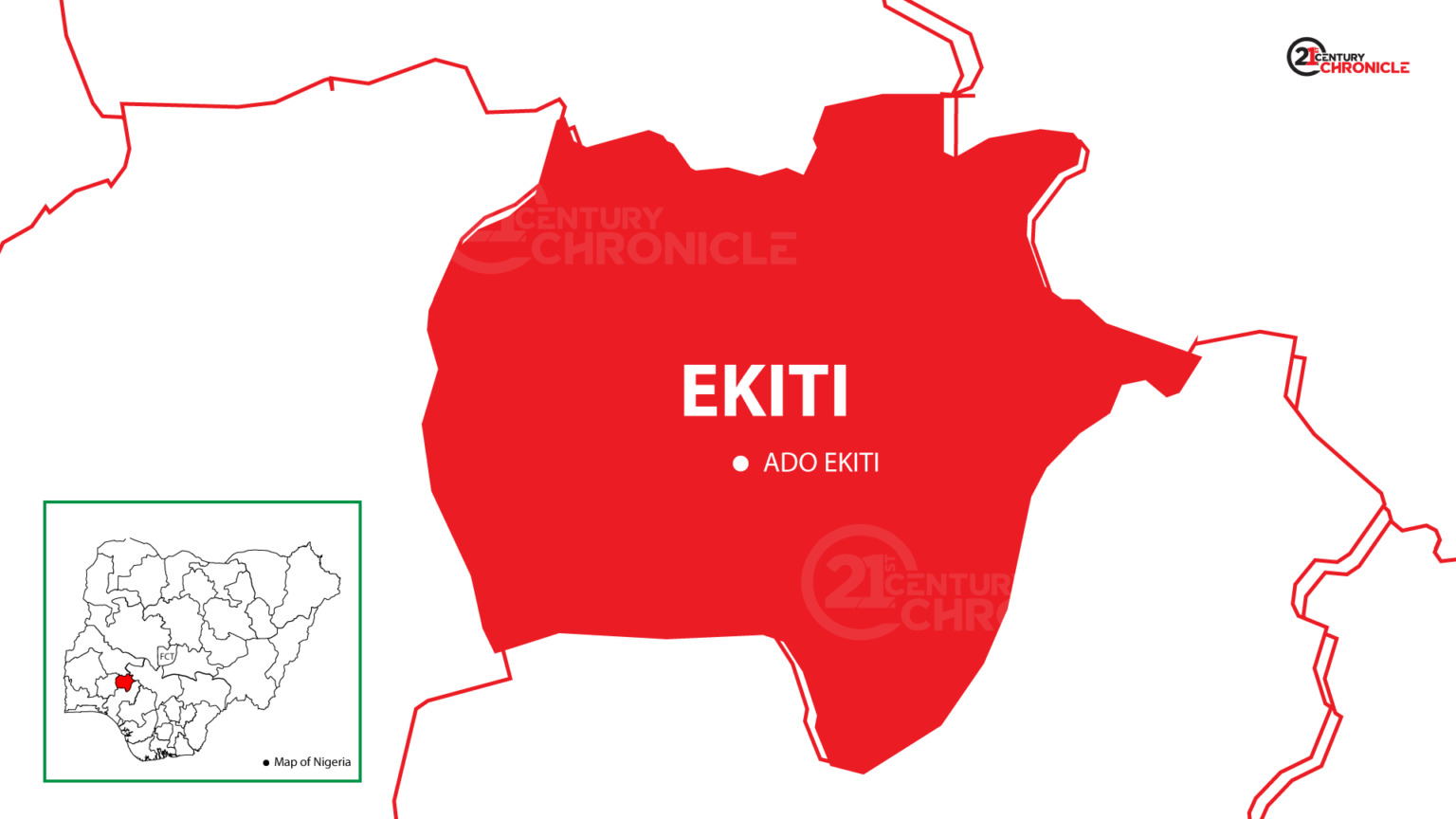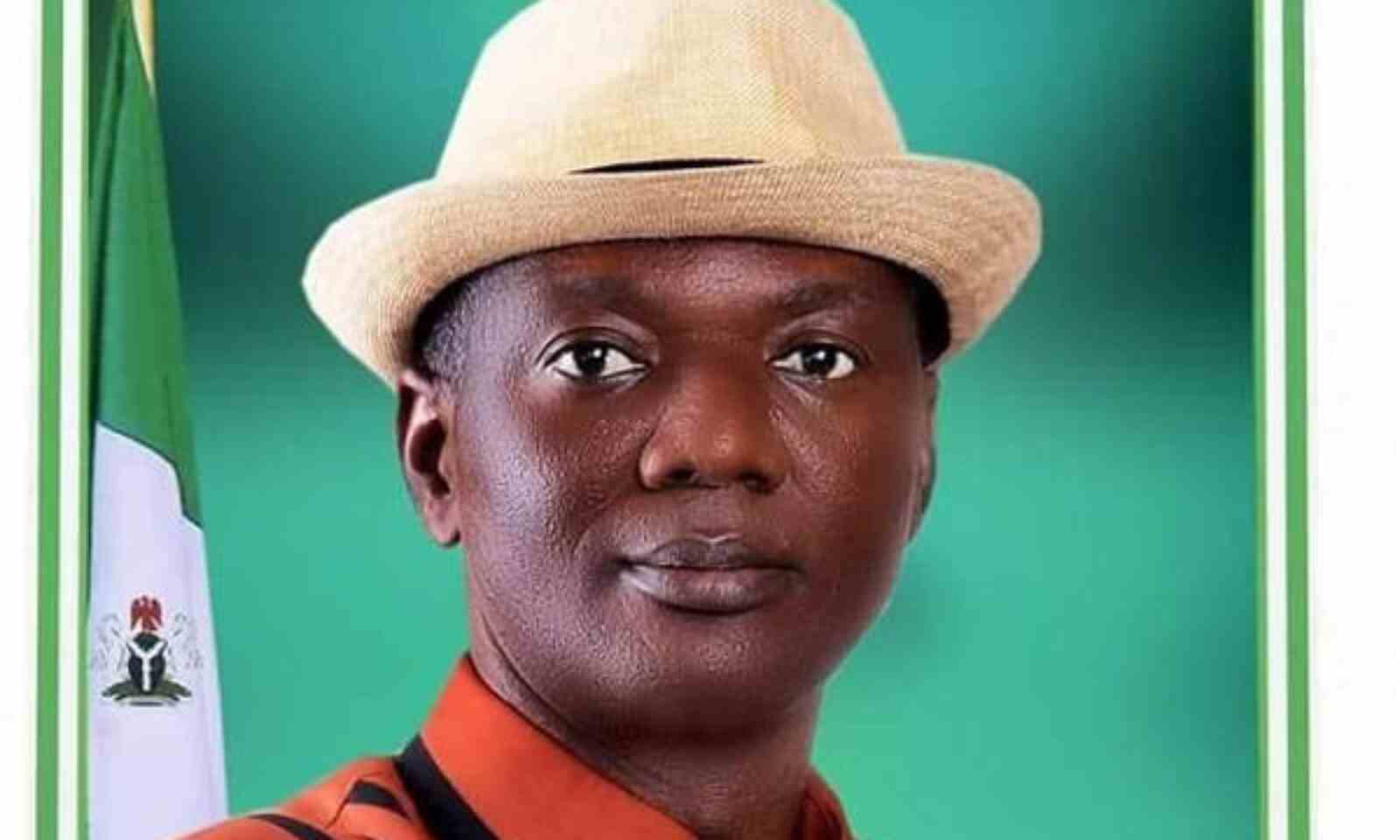The Deputy National Chairman of the Nigerian Institution of Highway and Transportation Engineers (NIHTE), Engr. Dr. Bola Mudasiru, has raised concerns over Nigeria’s infrastructure stock, stating that it currently stands at just 30% of the country’s Gross Domestic Product (GDP), far below the 70% benchmark recommended for middle-income economies.
He described transportation infrastructure as the backbone of Nigeria’s economic aspirations, stressing that efficient systems for the movement of people and goods are fundamental to improving productivity, competitiveness, and inclusive national growth.
Dr. Mudasiru disclosed this while delivering a keynote address on the theme “Nigeria Transportation Infrastructure: Navigating Progress, Challenges and Opportunities for Sustainable Growth”, at the 2025 Public Lecture and Induction Ceremony of new engineers, organised by the Nigerian Society of Engineers (NSE), Lagos Branch, in collaboration with NIHTE.
He said: “As Nigeria pursues economic diversification beyond oil dependence, the quality and reach of its transportation networks will significantly determine the pace and inclusivity of development across all sectors and regions.
“Nigeria’s infrastructure stock currently constitutes only 30% of GDP, well below the 70% benchmark recommended for middle-income economies. This significant gap reflects decades of underinvestment, maintenance neglect, and planning challenges.
“Addressing these fundamental issues requires not only increased funding but also substantial reforms in project selection, implementation approaches, and asset management practices.
“Nigeria’s construction sector has demonstrated robust growth, expanding by 8% in 2025 to reach a value of ₦25.72 trillion. This growth reflects increasing investments across infrastructure categories, with transportation projects representing approximately 40% of the total.
Funding sources have diversified, with significant contributions from federal budgets, multilateral institutions like the Africa Finance Corporation (AFC) and African Development Bank (AfDB), as well as growing private sector participation through various investment vehicles.
“Transport infrastructure directly enables over 30% of GDP-linked activities, serving as the foundation for industrial operations, agricultural distribution, and service delivery.”
Speaking on the types of transportation systems in Nigeria, he said over 200,000 km of roads form the primary transport infrastructure, carrying approximately 90% of passenger and freight traffic.
He added that “however, only about 15% are paved, resulting in poor connectivity and significantly increased vehicle operating costs across regions.”
“The railway infrastructure spans roughly 3,500 km of rail lines, but operates with limited capacity. This underdevelopment means rail contributes less than 1% to the transportation sector’s overall GDP despite its massive potential.”
He pointed out that recently upgraded standard gauge lines connect major economic corridors between Lagos, Ibadan, Abuja, and Kaduna. The traditional narrow-gauge network requires further modernisation despite recent investments.
On the aviation sector, he stressed that Nigeria maintains 22 airports, though only six offer international connections, with just three handling 92% of passenger traffic.
Dr. Mudasiru explained that in the maritime sector, six major seaports handle 90% of Nigeria’s imports and exports, with Lagos ports experiencing significant congestion.
He added, “Inland waterways remain underdeveloped despite their potential. The maritime sector received a boost with the 2023 inauguration of Lekki Deep Sea Port, designed to handle 2.5 million containers annually.
“Massive Funding Gap — $878 billion deficit projected by 2040, maintenance neglect, premature deterioration increases long-term costs, policy inconsistency, and regulatory uncertainty deter long-term investors. Underutilized assets and new facilities built without corresponding demand are setbacks to transport infrastructure.
“The rapid growth in vehicle ownership has accelerated road deterioration, with many highways carrying traffic volumes far exceeding their design capacity, especially with loaded and unregulated truck movements. The rail sector needs advanced funding models and technical attention.
“The maintenance funding deficit is estimated at ₦500 billion annually, creating a vicious cycle where roads deteriorate faster than they can be repaired. This underinvestment in maintenance ultimately leads to much higher reconstruction costs.”
He suggested that strengthened legal frameworks will provide clearer guidelines and protections for private investors in infrastructure projects.
“Nigeria has made significant strides in transportation infrastructure development, yet much work remains to create a truly world-class, sustainable system. The coming years will be defined by how effectively the country balances ambitious expansion with maintenance needs, technological innovation with fundamental connectivity, and economic imperatives with environmental responsibilities,” he explained.
Some of the high-profile personalities at the event were Engr. Margaret A. Oguntala (NSE President), ably represented by Engr. Oluyemi Oludayo (Past National Chairman, NIHTE); Engr. Francis Oriakhi, ably represented by Engr. Opanuga (Past VC, NIHTE); Engr. Olukorede Kesha (Chairman, NSE Lagos Branch); and Engr. Olufisayo Badmus (Chairman, NIHTE Lagos Chapter).






